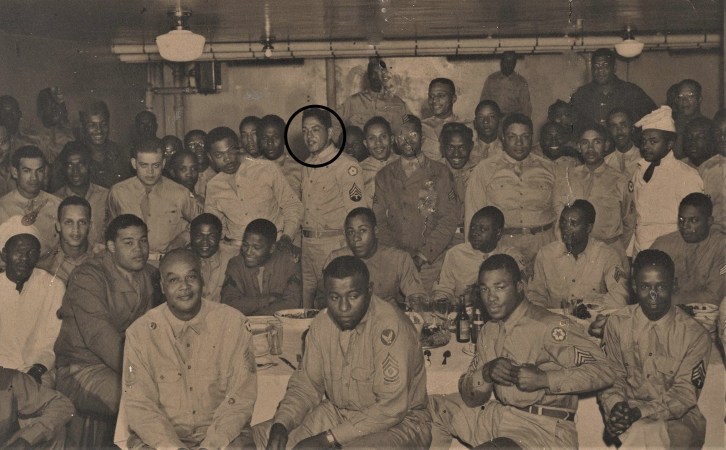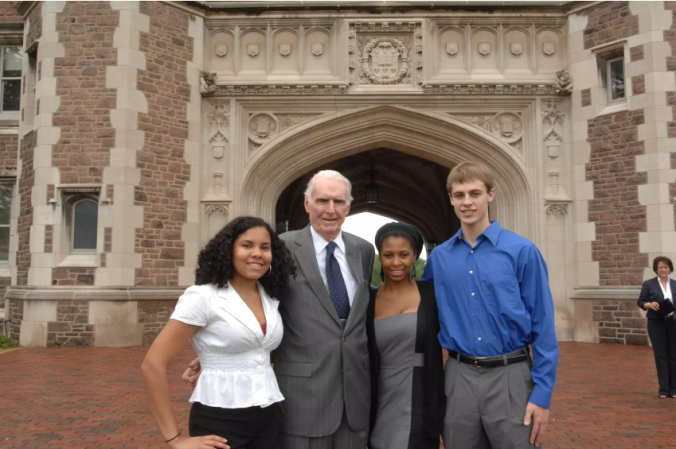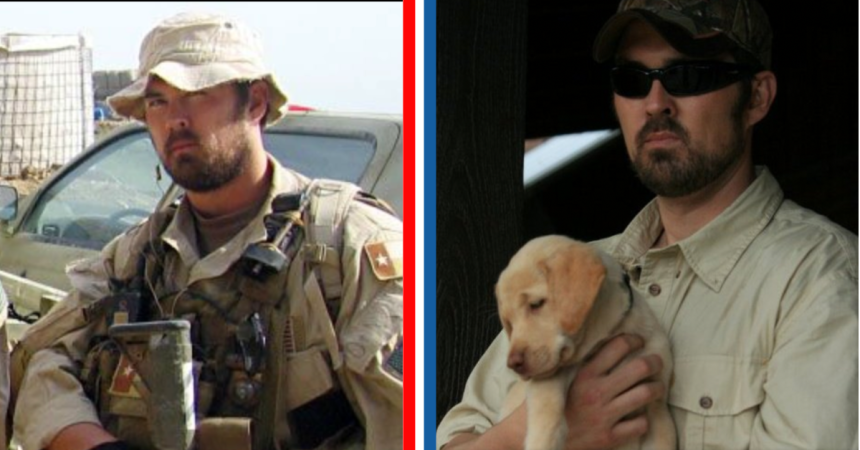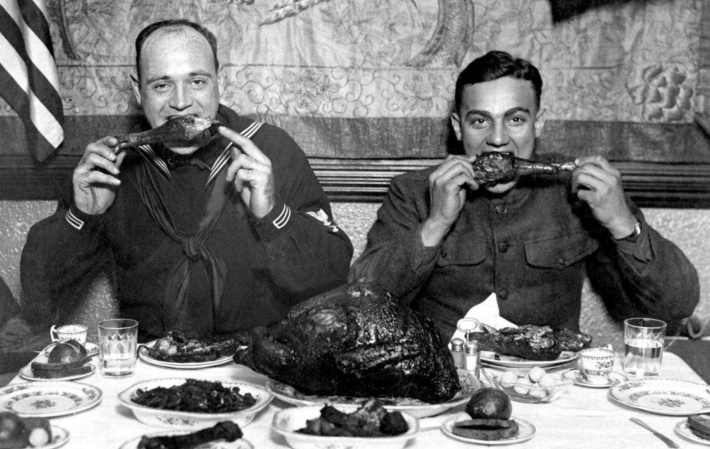One of America’s longest-serving retailers is filing for Chapter 11 bankruptcy protection. While this doesn’t mark the end of the 130-year-old retailer, it doesn’t exactly bode well for its future, either. With 700 just over Sears and K-Mart stores nationwide, the company is bleeding money it doesn’t have. Hopeful sources tell the Wall Street Journal that there will still be upwards of 300 stores open for the coming holiday season, but the company is a shadow of its former self.
The once-dominant retail sales company, first founded as a mail-order catalog in 1891, has been in a slow decline over the past decade.

(Wall Street Journal)
The company once sold everything, from dresses to appliances to even cars at one point. In fact, President Jimmy Carter even grew up in a shotgun-style house his family purchased through a Sears catalog. Hell, the company even sold cocaine and opium at one point. Try getting that on Amazon.
While anecdotes about Sears, Roebuck, and Company selling patent medicine are quaint, this was a company that was — for much of its life — ahead of its time. The story of the rise of Sears is almost the story of the American century — of the American dream.

An automobile offering from a 1909 Sears catalog.
In the months and years after the Civil War, communication and transportation technologies that were developed to help the Union fight and win the war were still on the cutting edge. While working as a railroad agent around the early 1880s, Richard Warren Sears purchased a collection of unwanted watches from a local jeweler and then resold them to his coworkers — picking up a big profit along the way.
He used this experience to start a mail-order watch business with a watch repairman named Alvah Roebuck. The duo moved to Chicago, a rail hub, and expanded their offerings to other jewelry. After selling that business, he moved away to Iowa but came back to the mail-order business shorty after. That’s when Sears and Roebuck founded Sears, Roebuck, Company.
They began to expand into the rest of the postwar United States. Not through brick and mortar stores, rather the company expanded the offerings in its catalog. Most importantly, they began to service the more remote areas of the United States, lending dependability and stability to the supply side of these remote markets — something local stores could not do.
Eventually, the company went public, survived the Great Depression, changes in ownership and direction, and by the 1930s, was opening stores in urban areas to respond to the American population moving closer to those areas and away from rural ones. The company still distributed goods to rural communities from its multi-million square foot warehouse in Chicago. Control over its distribution was one of the stores’ original keys to success.

Fashionable and functional.
Sears was the original “everything” store. Rather than sell the latest fashions or flash-in-the-pan trinkets, the original Sears stores sold reliable consumer staples at a lower cost. Socks and sheets aren’t sexy, but everyone needs them and the Sears Tower, then the world’s tallest building, was built on a foundation of consumer needs.
This is strangely also the foundation of Sears’ downfall. A company that had survived everything from the Panic of 1893 to the Great Depression and two World Wars would begin to lose sight of what once made it great and profitable. While Sears’ dedication to consumer needs helped drive American industry, helped develop suburban areas in the days following World War II, and even drive U.S. companies into Mexico and Canada, it began to lose sight of that foundation.
In the 1980s, the company expanded into credit holdings, stocks and financial products, even real estate. By the 1990s, it was no longer a price leader. Years of inflation in the 1970s and 1980s led to the foundation of similar department stores based on competing with companies like Sears through lower prices. K-Mart, Target, and Walmart fired the first shots that led to Sears’ decline. Amazon just put the nails in the coffin. Allen Questrom, a retired retail executive says 1985 was the year Sears made its first mistake.
“They took their eye off the ball,” Questrom, former head of Sears rival J.C. Penny, told the Wall Street Journal, referring to Sears opening the Discover Card brand. Other industry insiders say it happened earlier, when it purchased brokerage and real-estate firms like Dean Witter Reynolds and Coldwell Banker.
But by the time Sears decided to get rid of its financial holdings, it was too late. It survived the Great Recession, but its last profitable year came in 2010, posting losses of over billion since. Despite a further shedding and sales of unprofitable assets and an increased focus on what does work for the company’s remaining stores, the 70,000 employees left at the once-iconic retailer no doubt wonder if there’s anyone in the wings that could make Sears great again.


















